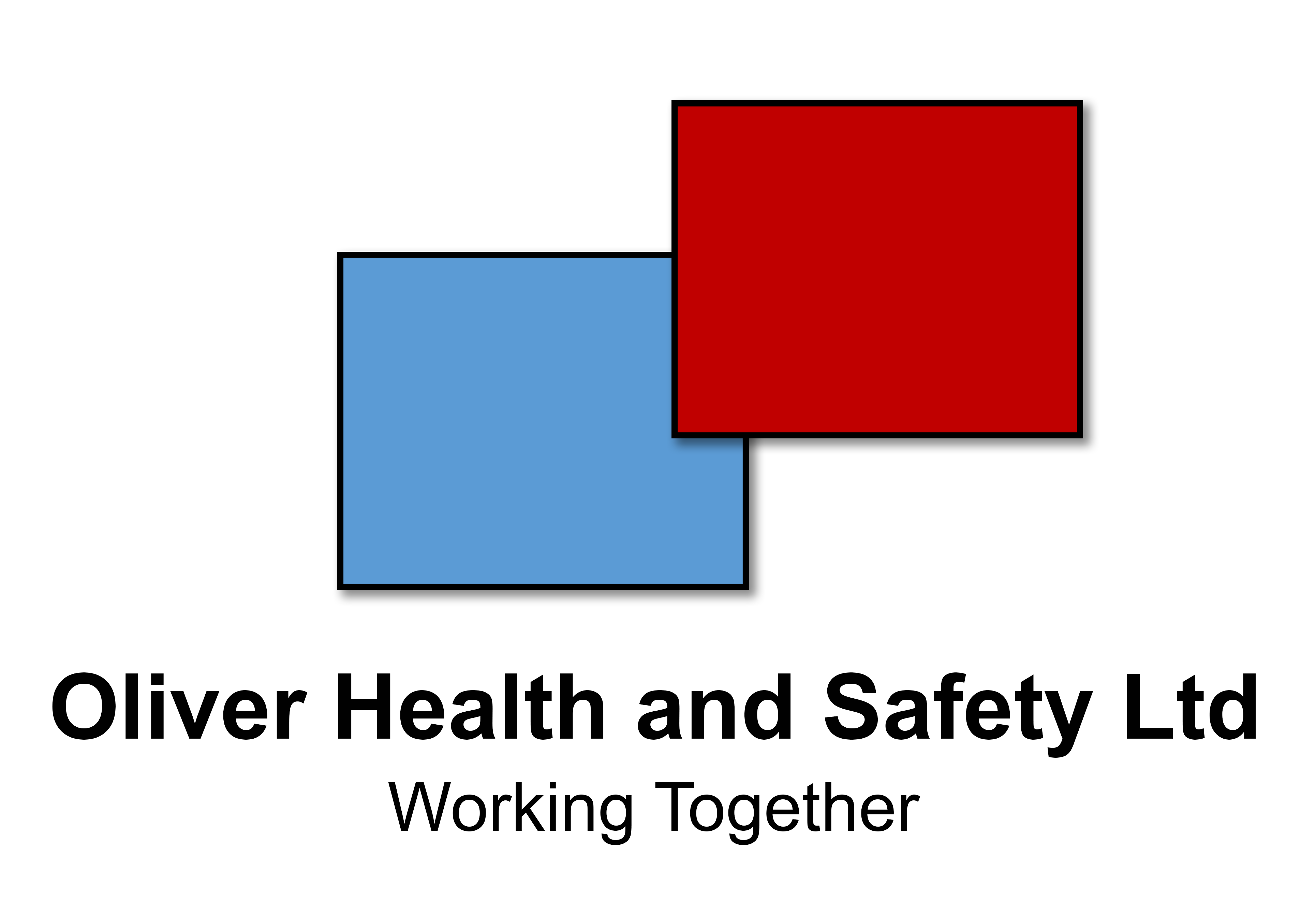According to the Health and Safety Executive, working at height is the construction industry’s top cause of fatality and specified injuries in the workplace. The HSE defines “work at height” as follows:
“Work at height means work in any place where, if there were no precautions in place, a person could fall a distance liable to cause personal injury.”
The Work at Height Regulations 2005 set out the measures that should be taken to prevent falls when working at height is unavoidable. Together, these form the Hierarchy of Control Measures, which are described below.
Hierarchy of Control Measures
1: Avoid Working at Height
The underlying principle of the Work at Height Regulations is that working at height should be avoided wherever possible. This essentially means doing as much work as possible from the ground, using extending tools instead of , or lowering something to ground level before repairing it.
Many Window Cleaners have adopted this working method by throwing the ladders away and using long reach equipment to clean high level areas.
2: Prevent Falls Using the Existing Workplace
If working at height can’t be avoided, prevention is better than mitigating the consequences of a fall. Prevention starts by using an existing safe place to carry out work where possible – that is, somewhere where additional protective equipment isn’t necessary and there is no risk of falling because preventative measures are already in place, such as on a balcony or parapet.
3: Prevent Falls Using Collective Equipment
When you don’t already have a safe place to work from, such as when you’re assembling or disassembling scaffolding, the next level involves preventing falls by using collective equipment. This means protecting everyone who’s potentially at risk using equipment such as external advance guardrails or collective protection units.
4: Prevent Falls Using Personal Protective Equipment (PPE)
The final step towards preventing a fall is the use of personal protective equipment. This could include equipment such as belts with short lanyards, which restrict the worker’s movement to the extent that a fall isn’t possible.
5: Mitigate (Minimise Distance Using Collective Equipment)
The hierarchy of control measures now moves on to focus on mitigation, stating that those with a duty of care must minimise the potential consequences of a fall by placing netting or airbags beneath the work area, and close to it, thereby reducing the distance the worker could fall.
6: Mitigate Distance Using PPE
Personal protective equipment should be worn so that if the worker does fall, the distance they fall will be minimal. In work areas involving scaffolding, this is typically done through the use of fall arrest harnesses. However, these can still result in serious injury, and they aren’t effective at lower heights (bear in mind that most fatal falls are from heights of 4m or less).
Nor are harnesses suitable for every situation either; for example, safety guidelines for tunnel workers suggest that workers remain unrestrained when working at height under these circumstances.
7: Minimise Consequences Using Collective Equipment
This level on the hierarchy of measures again refers to the use of netting or airbags, only this time it’s advising their use not to reduce the distance of a fall, but to soften its impact. This means that under this hierarchy level, it’s placed at a lower level relative to the ground.
8: Minimise Consequences Through Training & Instruction
This final level involves minimising the risk of a fall by providing sufficient training and instruction before the work itself is carried out. In other words, it means educating workers to ensure the correct assembly of appropriate safety measures and the application of best practice guidelines for carrying out the work at height, ensuring that it can be carried out as safely as possible.
Do I need to do anything else?
In addition to these hierarchy of control measures, those with a duty of care I.e. the employer – must ensure that work at height is carried out safely and with appropriate supervision. Employees must receive proper training and instruction on the work involved.
As an employer, it’s also your responsibility to ensure that the correct equipment is used, following industry best practice guidelines, and that the equipment is in good working order. Regular written checks can evidence this.
Adhering to these regulations means you are minimising the risk of falls from height and minimising the risk of enforcement action from the HSE.
Written by
Dean Oliver CMIOSH
Oliver Health and Safety Ltd – Website
[email protected] – Email
07388 290 795 – Phone
